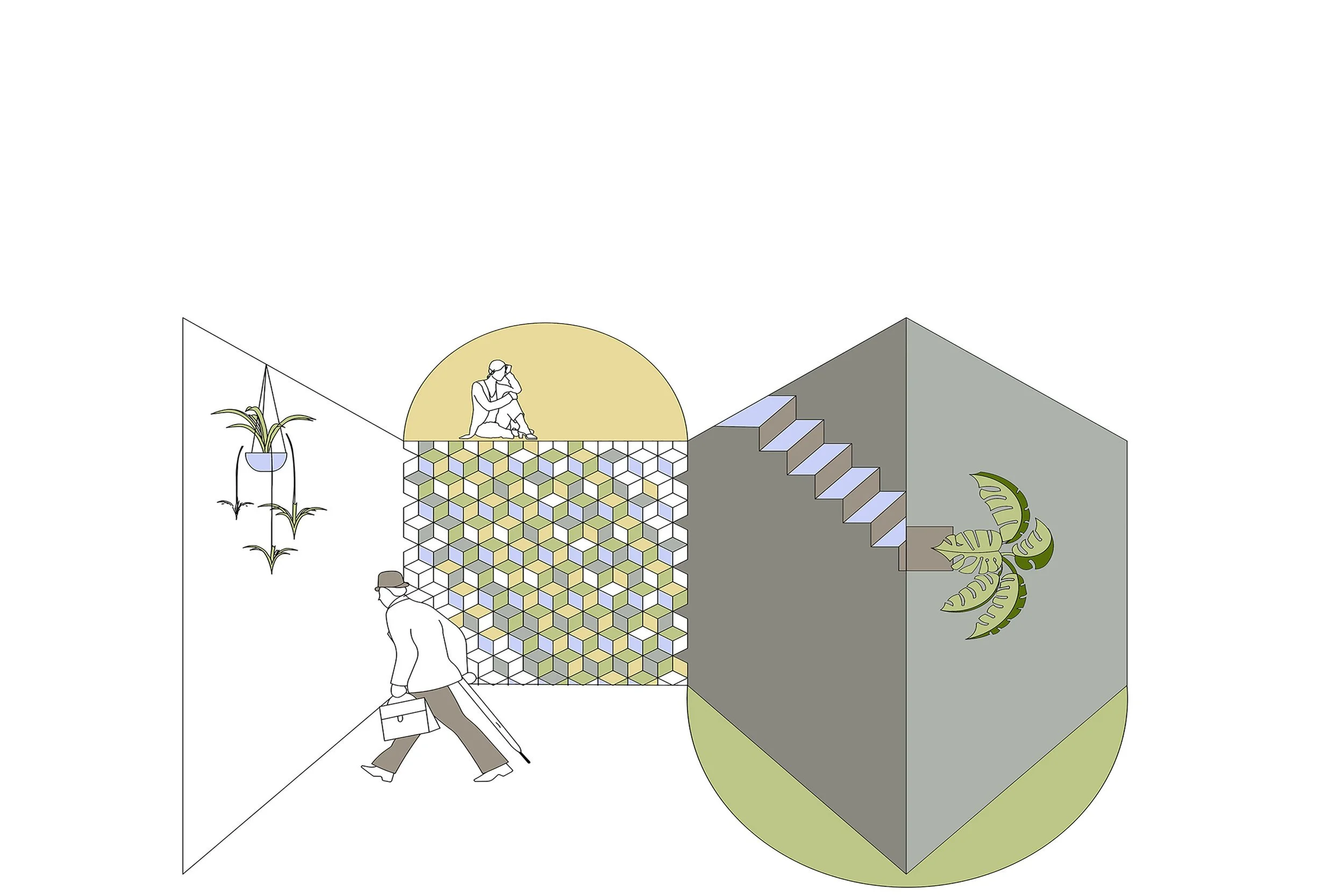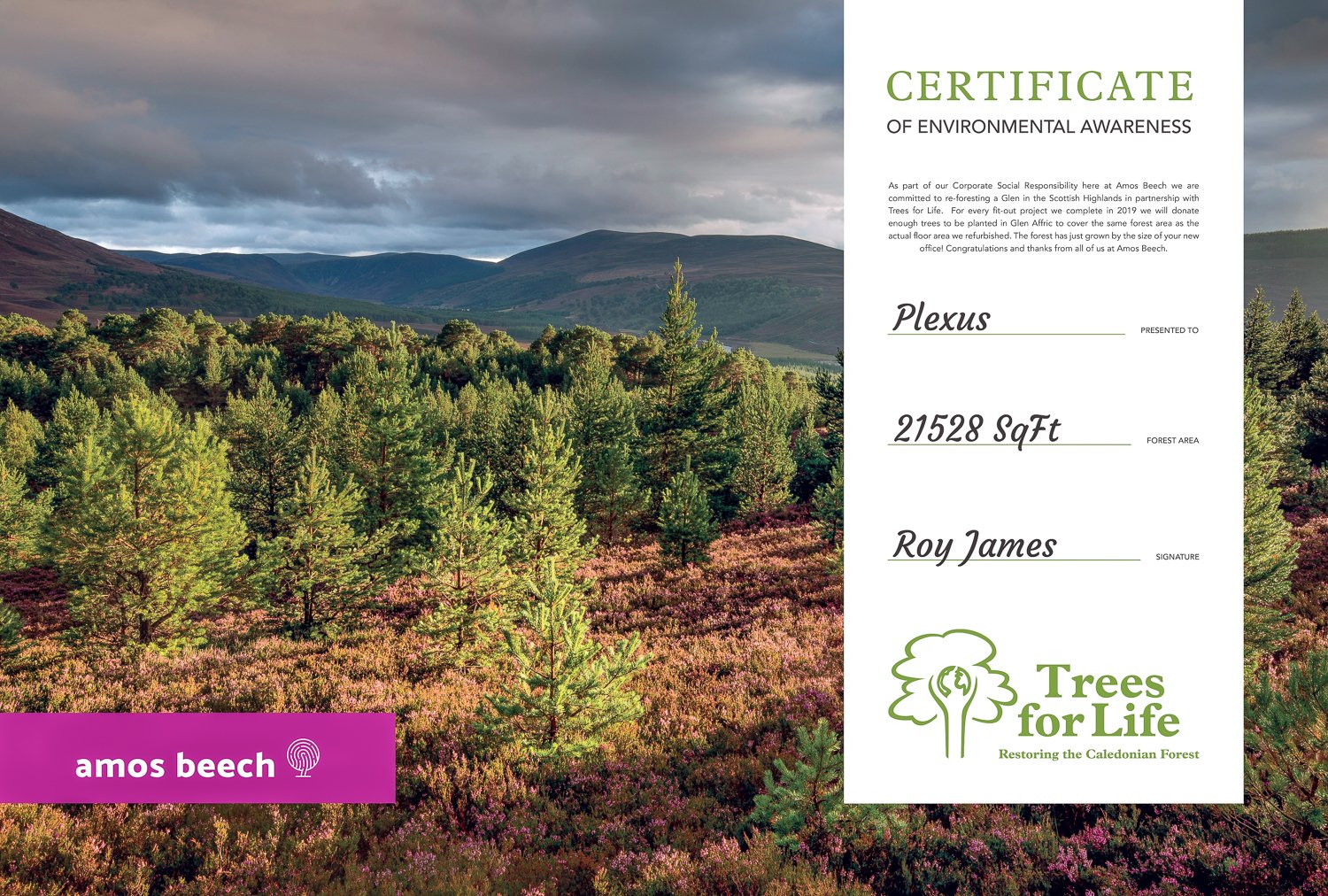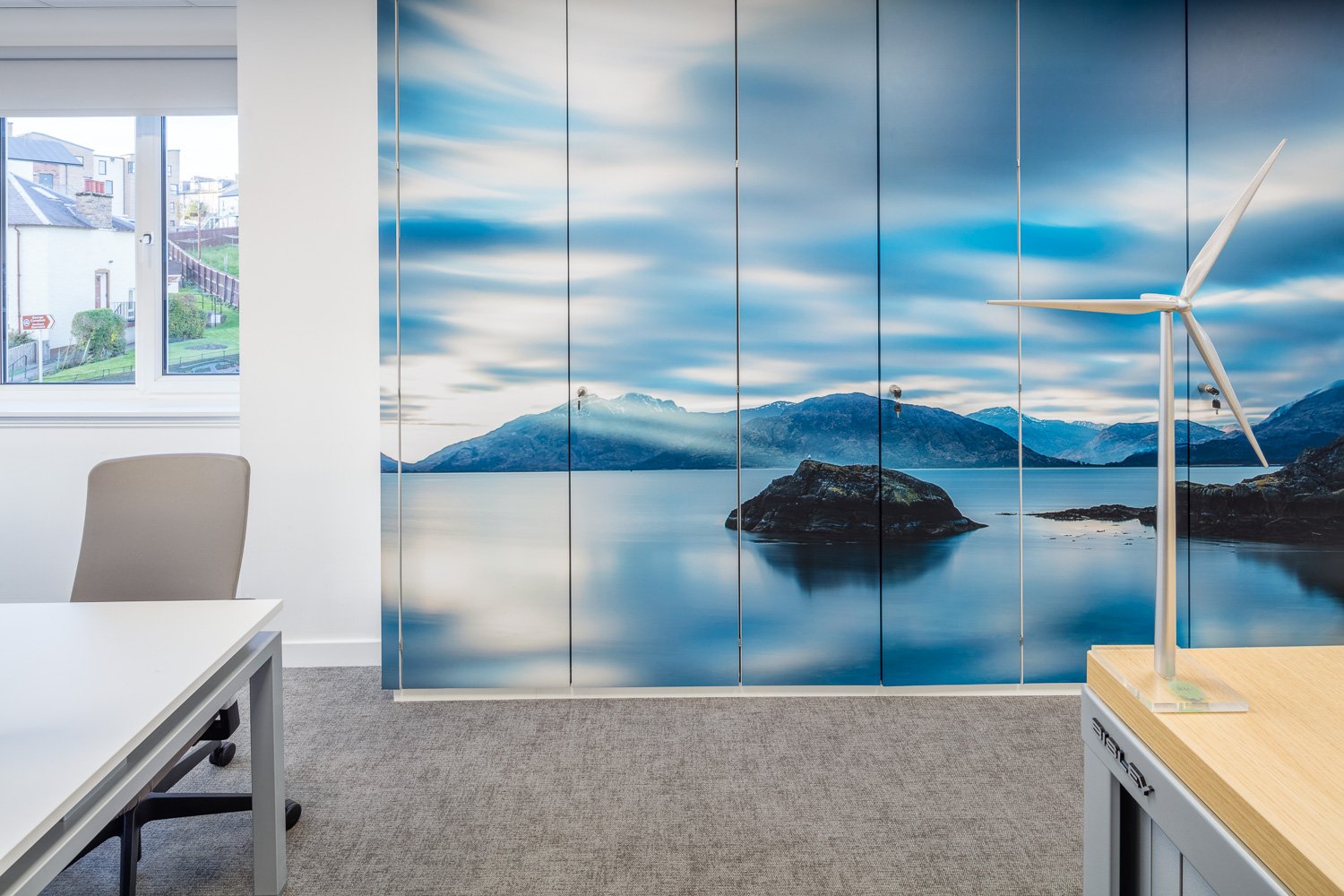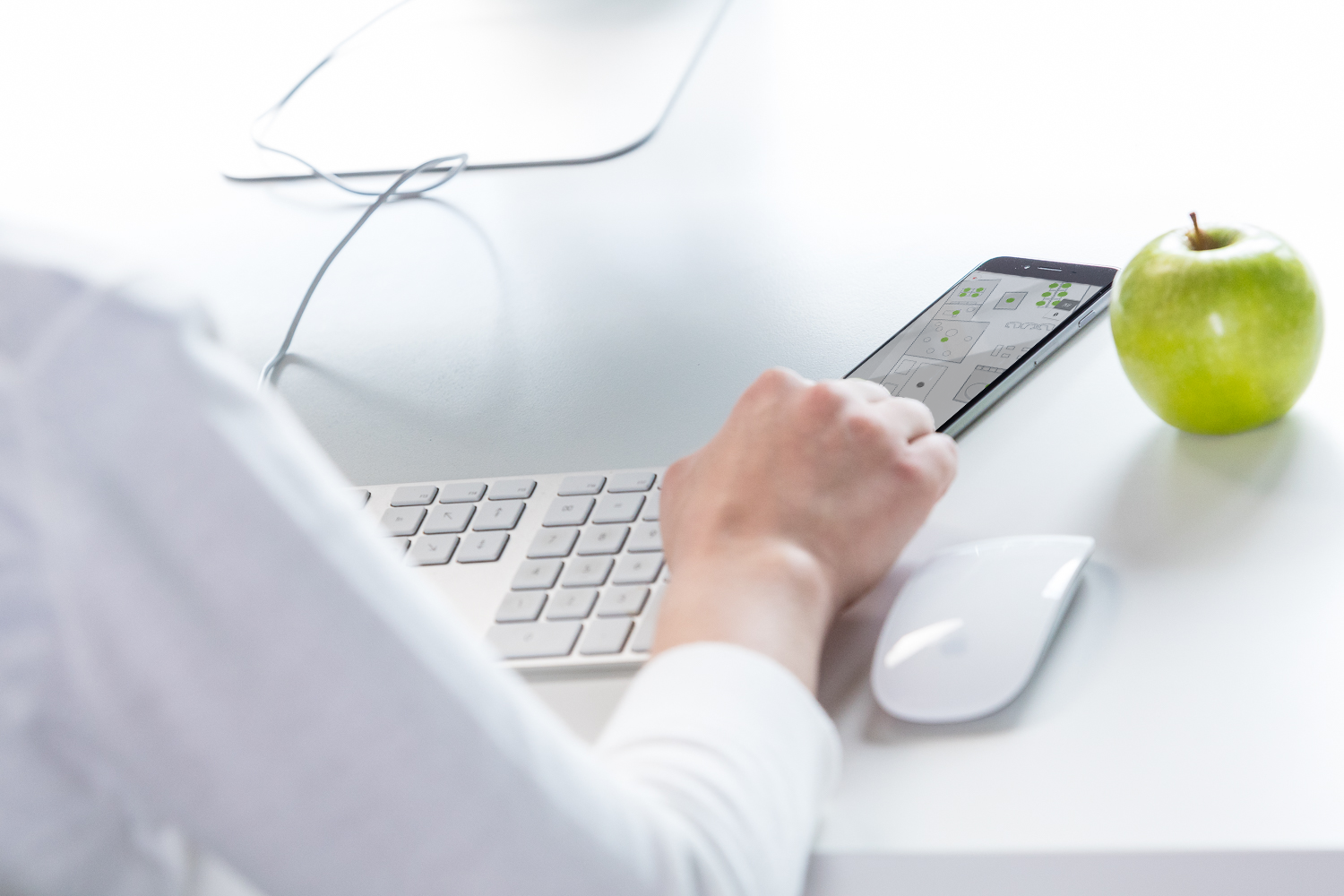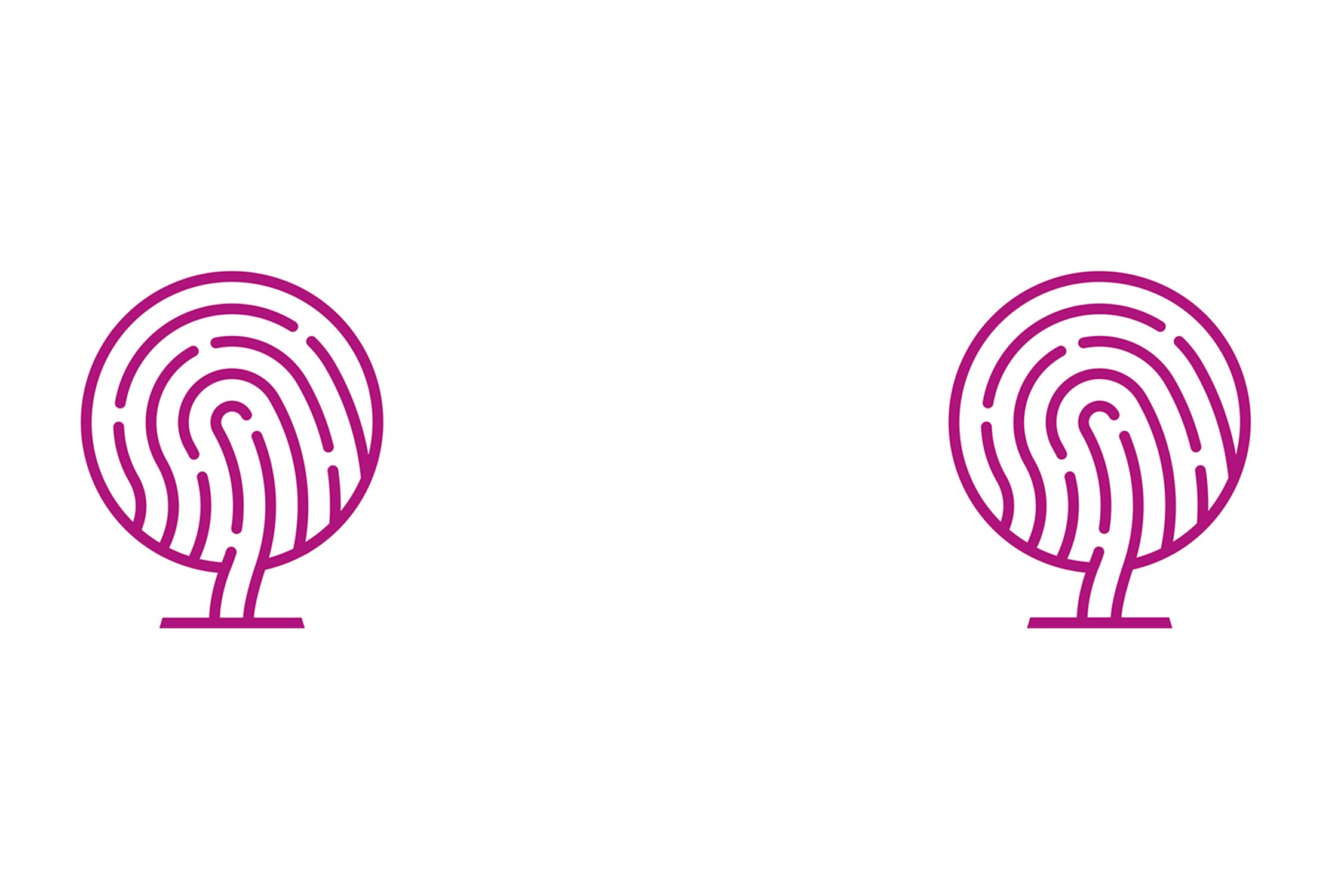Wellbeing, Wellness & Workplace
The blog below was written way before the current Covid19 crisis. It is not that the information is not valuable anymore, but if you require advice for the current (May 2020) situation, we would advice you to check the folowing:
Wellness is now BIG business! It moves you one step closer to a new, and better you - a you that drinks green juices and rids your body of all lingering toxins, a you that enrolls into spin classes before 6 am and has more energy as a result, a you that plugs into head space every evening to calm the mind before your 8 hours of sleep.
For the past month at Amos Beech, wellness has been at the forefront within the office. By being provided with a conscious checklist, we've become more self-aware of our actions and routines within our lifestyle and how it affects us in the workplace.
Wellbeing & Wellness in the Workplace
Here are a few insights and examples that you can try to integrate into your workplace to get the Work/Life balance back on track:
Outside, Inside
Since our blog about Biophilia within the workplace, in 2017. We've all seen workplaces flourishing everywhere. But how about having greenery with a purpose? At Takahashi Hiroko, based in a former factory in Tokyo, redesigned by schemata includes an indoor garden with edible plants.
Fresh Foods
With your office-grown ingredients to hand, having healthy food options will fuel your employees and keep their cravings for sweet and fatty foods away. Even as simple as sharing good food at a decent table will work wonders for your firms' staff morale and community feel.
Workout While Working
Many Japanese corporations understood early on the importance of exercise for their employees. It grew out of their philosophy of kaizen, or “continual improvement.” They appreciated that a workout could make their employees healthier and more productive, therefore began to schedule exercise programs during work hours.
We suggest dedicating a bit of space to being 'multi-use' area, where a variety of exercise classes and wellness workshops could take place. Consider offering something different from the standard yoga, perhaps something that also encourages teamwork. But if space is limited, try getting your employer to take a step in the right direction by contributing towards a gym membership or cycle to work scheme.
Personalised Technology
In other news, Scotland's first development has been accredited with a Platinum WiredScore Certification at 177 Bothwell Street, Glasgow, to assure future occupiers with the best connectivity. We've seen more products beginning to appear that allow employees control over their surroundings, but also products that understand and adapt to the needs of the employees throughout the day.
Philips has installed a system of LED lights in an office in Prague that fluctuate to the circadian rhythms of employees from morning through to night. This ideal is reminiscent of the Endless House, a conceptual work of architecture by Frederick Kiesler in 1924; “endless like the human body—there is no beginning and no end to it.” In the future, we will see smart buildings understanding the needs and wants of the inhabitants and adapting seamlessly.
Healthy Workstations
Until that point, we've seen a rise in technology being incorporated into furniture items keeping employees staying connected with air-charging and USB points. These small details make life just that little bit easier on the most stressful of days. Even by giving employees a choice with their desking, implementing sit-stand desking is more comfortable and healthier for the body.
Art for All
The Sculptor Nick Hornby past artist-in-residence was in an unlikely location - the London headquarters of law firm Pinsent Masons. He brought lawyers to his studio and curated his artwork around the office.
The art can play a part in the culture of the workplace, representing a set of shared attitudes, values, goals and practices. As well as being thought-provoking and sparking discussions with other staff members.
A Daily Pause
In Kiev, the Grammarly Office has a dedicated nap room that includes three sleeping blocks, with a weight sensor under the mattress that sends a signal to light with the indication of zZZ letters outside. The power of sleep and quiet reflection is becoming more commonly recognised as valuable, great opportunity to allow your mind and body to relax.
Happy Holidays
And we all know that a holiday is the best occasion to really relax and rebalance oneself. How about providing your employees with a 'wellbeing day' or have their birthday off on top of the standard holiday allowance to show your appreciation. Or go the extra mile, like FormRoom they are proud to offer a one month (fully paid) sabbatical for every 3 years your stay with their team. They reiterate the value of 'Let the company you work for, lift you up and push you forward; not drag you down or hold you back.'
Do you want to read more about how to improve your workplace? Check:
Blog and graphics by: Design Team
Publication date: August 14th, 2019
Biophilia within the workplace
The resurgence of the theory of biophilia and, more recently, biophilic design is more relevant than ever. We, as humans, have a deep-rooted attraction towards nature; and only in the last century has it become possible for people on mass to trap themselves in concrete jungles. One location, in particular, that has associations of estranging humans away from nature is the workplace. Consequently, within the commercial workplace setting, we are now experiencing a catalyst of hazy borders between the outdoors and indoors.
Biophilia within the workplace
Bringing the outdoors indoor isn’t a new development; the Chinese have been growing plants indoors as a symbol of wealth from as early as 1,000 B.C. Even in the UK during the Victorian Era the creation of glasshouse, due to the industrial revolution, allowed explorers to flourish exotic plants that they brought back home from their travels. However glasshouses were only obtainable for the social elite, for most householders biophilia was achieved through wallpapers that portrayed botany inspired patterns. These wallpapers became the most important element to interior decoration in a residential setting at that time.
These hazy borders between the outdoor and indoor have a distinct correlation with the borders between residential and commercial environments. This highlights the loss of singularisation of spaces in our contemporary society, instead with the domination of use value to embrace a fluid approach. Subsequently, as we nomadically roam, there is a constant yearning to feel connected to the surrounding landscapes, as it will support our fluid experiences, ensuring that a constant feeling of comfort is maintained.
A situational value is put on the consumption of space, with transitional spaces adding emphasis to the flexibility. It has been said that being geographically mobile will be a defining feature of the new elite; workplaces interiors will surpass the norm of commercialism through the deconstruction of convention, to allow the surrounding environment to envelop a lifestyle that is sprinkled with essences of home and the outdoors. This design approach highly values environmental empowerment that is directly linked to psychological comfort.
Biophilic design
The most direct experience of nature in a built environment would be to have vegetation and flowering plants in the workplace. A study at Cardiff University stated the placement of living plants in a workplace setting improved productivity by 15%. The presence of plants is also known to reduce stress, enrich physical health and improve comfort. Additionally, the notion of comfort has many indirect experiences with nature to achieve biophilia, such as simulating natural light and air; they must be appropriate to each setting to help ensure functional wellbeing at work. By balancing environmental demands with skills and abilities, of employees on how they use their workplace, will create the optimal environment for creativity and flow.
To visually portray nature would be to simulate and construct out from the natural patina of materials such as leather, stone, copper, bronze and wood; that provokes positive visual and tactile responses. The choice of materiality, colours, naturalistic shapes and forms must be carefully considered to achieve biophilia and enable the fluidity within the lifestyles and movements of the modern man. For instance, an interior that appears light and airy may have translucent facades that open up for ventilation and movement, consenting to visual internal transparency. This dematerialisation projects to employees a focus on accessibility rather than ownership and possession.
As more workplaces are adopting agile working and open office configuration, it can be translated to creating internal transparencies across once traditional organisation to drive collaboration, integration and foster a sense of belonging. This is appropriation of an experience of space and places namely, mobility and way finding, as employee’s comfort and wellbeing is dependent on free movement. It can be achieved with stairs and ramps carefully integrated with platforms, seating and plans, allowing employees to flow through effortlessly.
Prevalently, in more recent times there has been a shift of attention to sustainability and the environment. There has been more demands for products to be sustainable, many manufactures have been developing different techniques to up-cycle materials. Biophilic design must have ethical value that cares for the sustainability of nature and must commit to maintaining a healthy relationship.
Biophilic design, within the workplace, is about creating wholesome habitats for employees, those that are istigkeit to natural forces. The istigkeit of biophilia isn’t superficial; it has many tangible layers and levels to evoke similar feelings one gains from the earth. Especially as management style are moving away from autocratic, towards an inclusive and collective approach. It is evident that this design methodology has enriched workplaces to increase productivity and boost overall moral; by incorporating biophilia in to a design scheme is less seen as a luxury and more of a commodity to improve employee wellbeing.
Text and images: Design Team
Publication date: August 22, 2017













